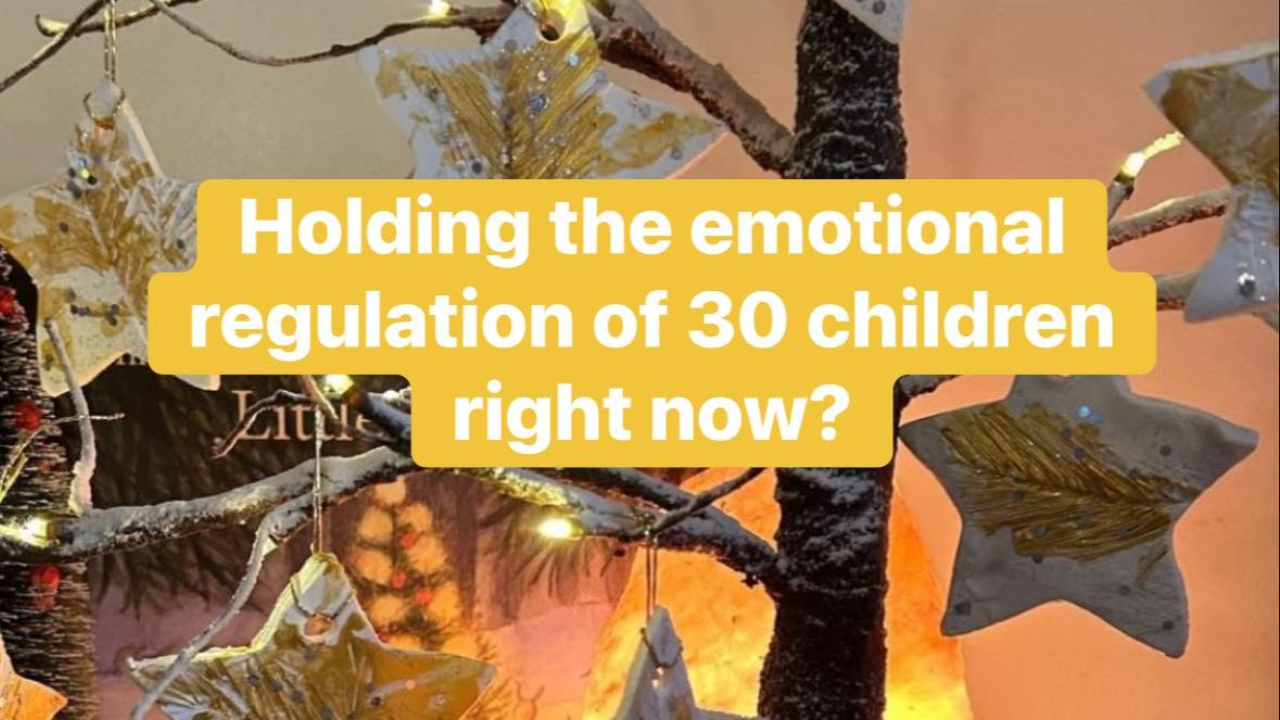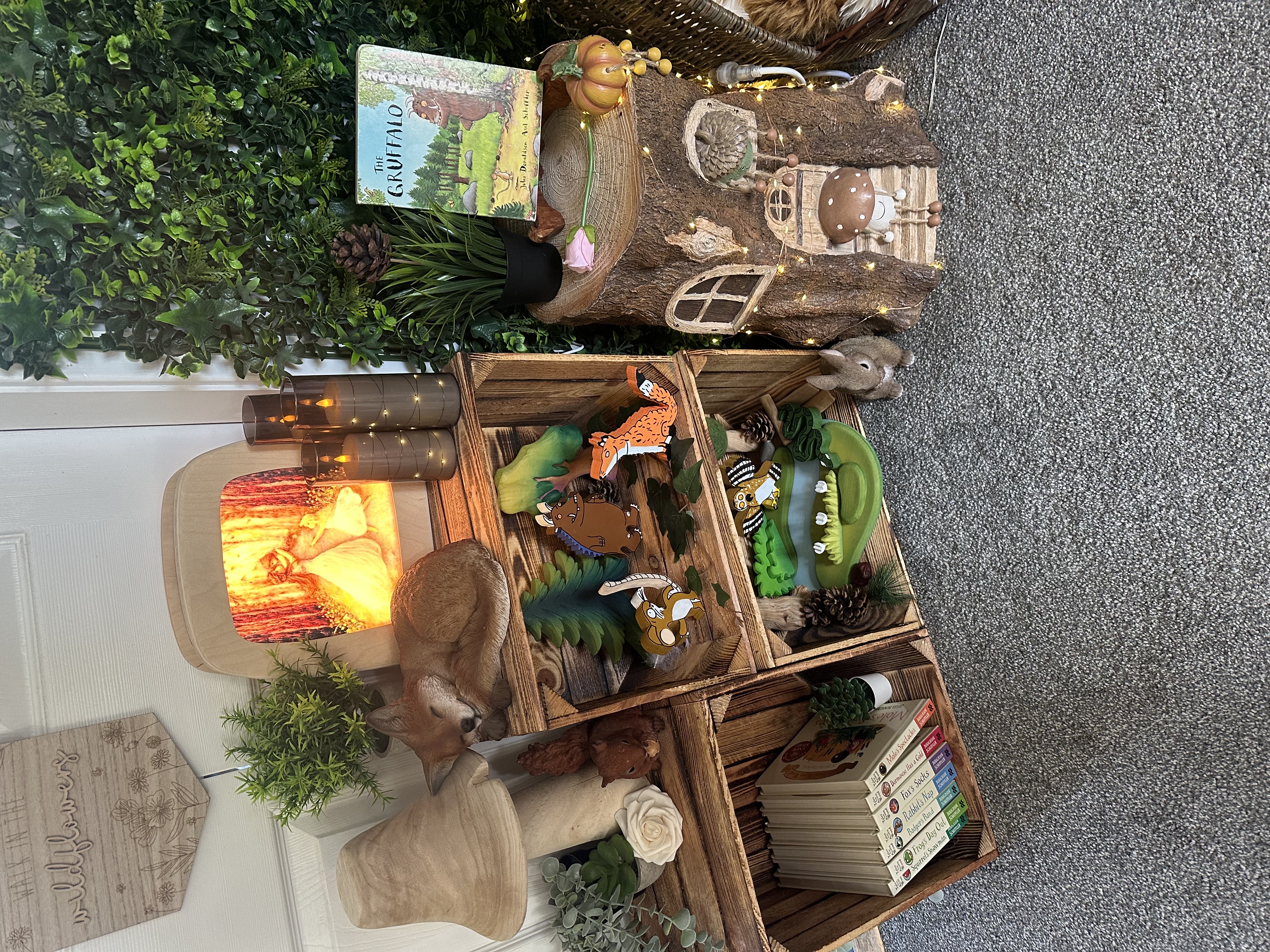Blog
“Strive to make everyday the best day of your life, because there is no good reason not to.” Hal Elrod
You Don’t Need to Feel Guilty for Having No Plans This Weekend
While everyone around you is immersing themselves in all things Christmas — fitting in ballet, swimming, gymnastics, parties, pantomimes and festive events — you might be feeling the quiet pull to… stop.
And that’s okay.
Enjoying the Hygge way of living is all about being gentle and kind to yourself and those around you. It’s also about knowing when to say no to the things that quietly drain your energy, even when they look joyful on the surface.
After a full-on week of starting festivities at school, organising Elf on the Shelf, Christmas discos, putting decorations up and trying to squeeze everything in, it’s possible to deeply love Christmas… and still desperately need some quiet.
You may notice you’re exhausted. That your patience feels thinner than usual. That you’re being short with the children — not because you don’t care, but because you’re expecting too much of them when they are already doing their very best to cope.
Christmas Through the Eyes ...
Do you feel like you’re holding the emotional regulation of 30 children right now?

Do you feel like you’re holding the emotional regulation of 30 children right now?
Because in the run-up to Christmas… you absolutely are.
The glitter is out, the routines wobble, the emotions run high, and you feel it in your bones.
It’s beautiful.
It’s magical.
And it’s utterly exhausting.
If you’re feeling stretched, overwhelmed or just a little more tearful than usual — it’s not you. It’s the season. And you’re human. ![]()
Here are my top Hygge tips for supporting your wellbeing (and theirs) in December:![]() 1. Slow the pace right down
1. Slow the pace right down
Children don’t need more. They need less — less noise, less clutter, less rushing. Create pockets of calm where everyone can settle again.![]() 2. Prioritise play — real, deep, child-led play
2. Prioritise play — real, deep, child-led play
Now more than ever, children need long stretches of uninterrupted play to ground them. Let them build, imagine and process big feelings through play.![]() 3. Get outside as much as you can
3. Get outside as much as you can
Fresh air regulates overwhelmed bodies in a way nothing else can. Chase the daylight, wrap up warm an...
The Children Who Need More Play… Are Often Getting Less

In Early Years, we talk so much about the power of play — yet the children who need it the most are often the ones who end up having the least.
If you’ve ever looked at your intervention list and felt your heart sink, you’re not alone.
Phonics group.
Fine motor intervention.
Speech and language support.
A catch-up maths activity.
Another phonics recap.
And all the while, those very children are being pulled away from the thing that has the biggest potential to help them grow: play.
When “Intervention” Takes Children Away From What Helps Them Most
When I taught in Reception, I saw this pattern far too often.
If a child hadn’t made progress in the phonics lesson that morning, I was asked to repeat it with them that afternoon.
And then there were the flash cards — the constant repetition of the sound of the day — not during learning time, but during lunchtime.
Imagine being asked to work on the skill you’re struggling with while you eat your lunch, instead of chatting to friends, e...

🕯️ Finding Calm and Connection in Winter: A Hygge Approach to Early Years
As the darker days draw in, it’s so easy to find ourselves rushing — from one task to the next, from one demand to another.
The mornings are darker, the afternoons shorter, and somewhere in between we’re still expected to keep everything running with the same energy as September.
But what if this winter felt different?
What if instead of pushing through, we slowed down — and listened to what the season is gently asking of us:
to rest, to restore, and to reconnect.

🌿 The Season of Stillness
In Scandinavia, winter is not seen as something to endure, but something to embrace.
It’s a time for gathering closer, lighting candles, creating warmth through connection, and finding joy in the small, ordinary moments.
They understand that our energy isn’t meant to stay the same all year round — and that slowing down isn’t a sign of weakness.
It’s wisdom.
Our bodies, minds, and hearts need different rhythms in win...
Re-Imagining Childhood and Education 🌱

The other day, I watched my three-year-old at forest school, sitting in a water-filled hole, absolutely delighted with the sensory experience of mud and water.
And I paused.
I found myself wondering: What does his future look like?
How will the decisions we make as parents — about how he’s educated — allow him to keep following what lights him up?
How will education give him the freedom to pursue his own creative discoveries?
Are We Looking at Childhood All Wrong?
The education system we have today doesn’t always recognise, value, or appreciate the beautifully unique ways all brains see the world.
And yet, so many of the people who have shaped our world — Albert Einstein, Isaac Newton, Greta Thunberg — were not traditional learners. They thought differently. They were different.
So perhaps the problem isn’t with children at all.
Perhaps the problem is the way we view childhood.
Beyond “Success”
Instead of preparing children for work, shouldn’t we be preparing them to find j...
You're Only 2 Years Old and You're Already Doing Phonics

Childhood Isn’t a Race: Why 2-Year-Olds Don’t Need Phonics
“You’re only 2 years old… and you’re already doing phonics.”
It’s something I hear often — and every time, it makes me pause.
Somewhere along the way, childhood has become a race.
🚩 A race to read.
🚩 A race to count.
🚩 A race to perform.
But here’s the truth: two-year-olds don’t need phonics.
What they do need is something much more profound:
🌿 Play.
🌿 Connection.
🌿 Time to explore the world with their hands, hearts, and senses.
Why Starting Too Soon Can Harm
Research is clear: pushing formal academics too early doesn’t give children an advantage. In fact, it can do the opposite.
Children who are introduced to phonics or other formal skills before they’re developmentally ready may experience:
-
Stress and frustration when the task feels beyond their ability.
-
A loss of joy in learning because it becomes performance-driven.
-
Gaps later on in creativity, problem-solving, and resilience because play has been
...
Struggling to feel excited for the day? Try this…

As early years educators, we pour so much of ourselves into our work. Some days feel full of energy and inspiration; others feel heavy or simply exhausting. Here’s a gentle truth: when we feel excited for the day—even about one small thing—that energy flows to the children. Our mood is contagious.
I love dropping my little wildling at nursery and hearing, “We’re going blackberry picking today!” or “Come and see what I’ve brought to learn more about aquariums!” That kind of attitude oozes excitement and tells a child their day will be full of wonder.
🌞 Start with you
 Before you step into the classroom, take a moment for yourself.
Before you step into the classroom, take a moment for yourself.
-
Enjoy a warm drink in peace, by a window or outdoors.
-
Write one intention for the day: “I’m going to notice children’s joy in play,” or “I’m taking my maths session outside today.”
-
Put on a favourite playlist or take a mindful walk.
When you start nourished, you arrive with presence.
🌿 In the classroom
 Choose one element of the environm...
Choose one element of the environm...
Creating a Calm and Hygge After-School Routine

The school day can feel full and busy — for both children and adults. By the time little ones tumble through the door, emotions are often bubbling under the surface: tiredness, excitement, overstimulation, or the simple need to be home.
This is where a calm, hygge-inspired after-school routine can make all the difference. Instead of rushing into the evening, we can create a soft landing — one that soothes, reconnects, and helps the whole family find their rhythm again. I like to try and plan for a calm pick up by parking the car a little way away from the pick up point so our walk to it gives us the chance to reconnect and be in nature. We sit in the boot of the car and share a snack together (orange, grapefruit, apple - something sensory that helps to reset the body). We then have a quiet ride home with some of my little ones favourite music or an audio story.
🌙 Step 1: The Arrival Ritual
Think of this as the bridge between “school world” and “home world.” Small, sensory cues ...
Slowing Down This Autumn: Rewilding Your Wanderlust
The beginning of the new school year shouldn’t have to feel stressful. Too often, September arrives with a rush of planning, preparation, and pressure—but what if we reimagined these early weeks? What if, instead of rushing, we filled our days with connection, calm, and time together?
One of the simplest ways to bring this shift is by stepping outdoors. Nature has an incredible way of grounding us—slowing our pace, calming our minds, and opening our eyes to the magic in the everyday. And the best part? Learning in nature doesn’t demand endless resources or preparation. The forest floor, the hedgerow, and even the schoolyard are already brimming with invitations to play. Less equipment means less tidying up, leaving more time for what really matters—being present with the children.
A Slow Approach to Pedagogy
Slowing down doesn’t mean doing less—it means doing with more intention. A slow pedagogy invites us to follow children’s interests, to notice what captures their hearts and mind...
Slow Pedagogy: Allotment Play in the Early Years

The Benefits of Allotment Play in the Early Years 🌱
Imagine a space where children can dig in the soil, water seeds, pull up carrots, and taste sun-warmed strawberries they’ve grown themselves. Allotments offer just that—a living, breathing classroom full of opportunities for play, discovery, and connection.
In the early years, play in an allotment setting is about so much more than gardening. It nurtures the whole child—physically, emotionally, socially, and cognitively—while fostering a deep relationship with nature and the rhythms of the seasons. We love visiting our friends allotment and noticing the seasonal changes. It's such a beautiful space to slow down and be present in the moment without the distraction of toys, noise and too much.
🌿 Physical and Cognitive Growth
Allotment play provides rich opportunities for developing both fine and gross motor skills. Digging, carrying watering cans, planting seeds, and pulling up vegetables all strengthen muscles and coordination...






